
This can be a little confusing, so let’s take a look at the two main types of insulation for your walls and when they are applicable.
What is a cavity wall?
Cavity walls were developed in the first half of the 20th century as a way to alleviate damp. Very simply, instead of having a 9 inch thick brick wall between the inside and outside of the house, a cavity wall has two layers of brick, with a gap in between. The gap can be anything from 20 to 100mm wide and therefore means that cavity walls tend to be much wider than a solid brick wall.
You can tell if your property is a cavity wall by looking at any exposed brickwork. If all the bricks are of even length (i.e. they have all been laid lengthways) you probably have a cavity wall. You can also look at the width of the wall – if it is more than 270mm chances are you have a cavity wall.
What is cavity wall insulation?
Cavity wall insulation is fairly cheap to install and only takes a few hours on an average house. The gap between the bricks is filled with one of several different materials at a cost of around £5-8 per square meter. It is cheap, easy to install and will save you plenty on your bills. Most properties in the country that are able to install this form of insulation have already had it done.
There are a few different types of cavity insulation. Modern properties will be built with insulation already in place, usually rigid board insulation. When insulation is retrofitted for an older property, the options are the cheaper fibre glass type insulation, or polystyrene bead insulation, which is more expensive but has a higher performance. There are ECO grants available for cavity wall insulation, so you usually will get the work heavily subsidised, if not free.
What is a solid wall?
A solid brick wall is exactly like it sounds. Typically two bricks wide, with each row of bricks interlocking to form a completely solid 9 inch brick wall. There is no gap between the bricks to insulate, and so you must either add insulation to the inside of the property, or do so externally.
These sorts of walls can be identified by looking at the brickwork again. If the bricks alternate between a mixture of header (short) and stretcher (long) bricks, you have a solid wall. If the property is rendered, check the width of the wall – if it is less than 260mm, chances are that the wall is solid brick. The vast majority of properties built prior to the 30s will be solid brick.
What is solid wall insulation?
Whether you choose to insulate internally or externally, solid wall insulation is expensive. There is some funding available for this form of insulation, but you will probably have to make a contribution of your own in the realm of thousands rather than hundreds of pounds.
Insulating a typical solid wall makes an even bigger difference to a property than cavity wall insulation, with a typical semi detached property seeing a saving of £300 on their bill, or around 25% of a home’s heating bill. That is some serious money savings!

Many people get a shock when they hear the cost of solid wall insulation. It is a very labour intensive, material rich job that takes weeks rather than hours to properly install. Cavity wall insulation can be done in a few hours on an equivalent property, and the cost is an order of magnitude lower. £5-8 per square meter for cavity wall compared to £100 per square meter for solid wall insulation. Unfortunately you can’t choose between the two, it depends on the build type of your property as to the type of insulation you will need.
Is it worth it?
Wall insulation is always worth it in the long term, once you factor in the savings you will make. The various grants available make it really attractive, even if you have to contribute some money yourself. Don’t wait, get in touch with us and see if you could benefit!
If you would like to read more about what cavity wall insulation is, see our full guide here.
Installing solid wall insulation
Interested in getting solid wall installation? We have scoured the country for the best tradespeople, so that we can make sure we only recommend those we really trust.
If you would like us to find you a local installer, just fill in the form below and we will be in touch shortly!
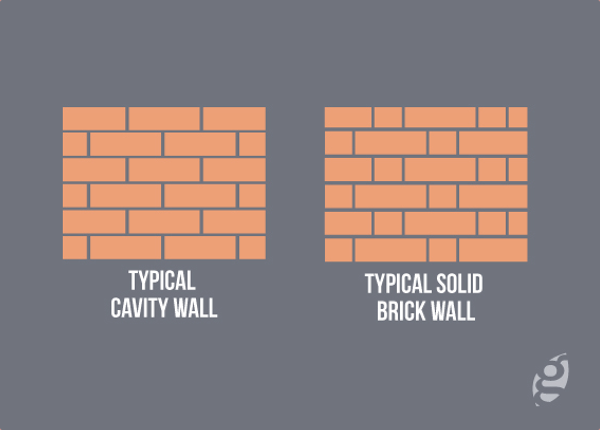
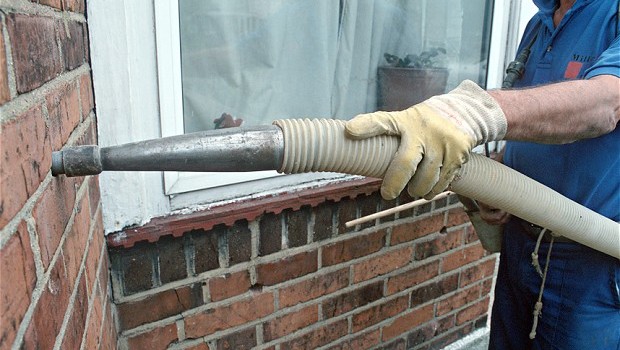
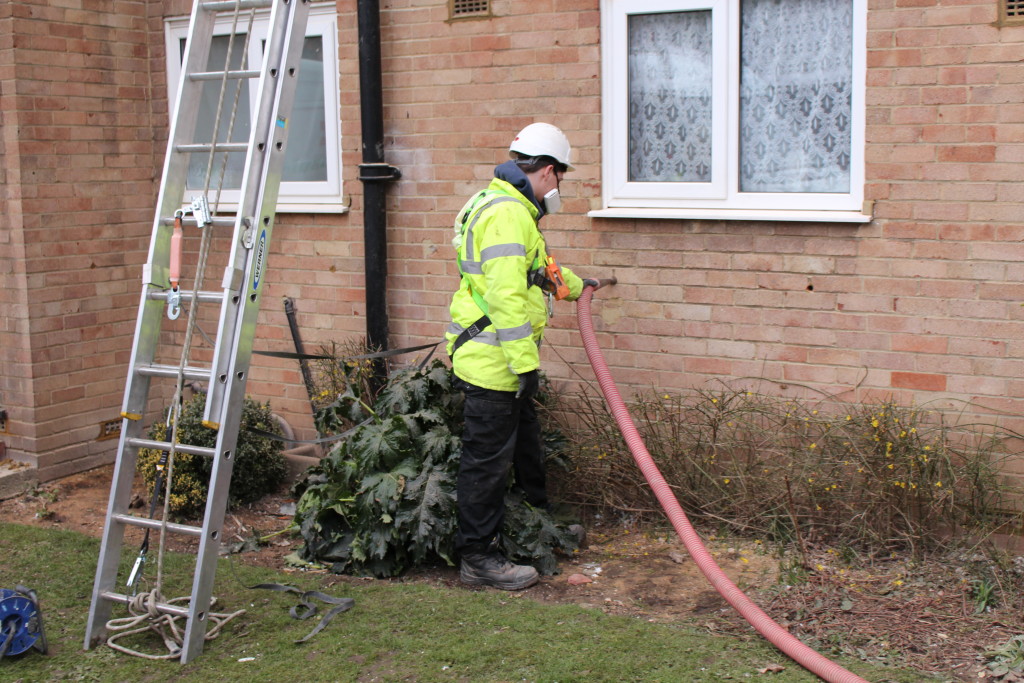
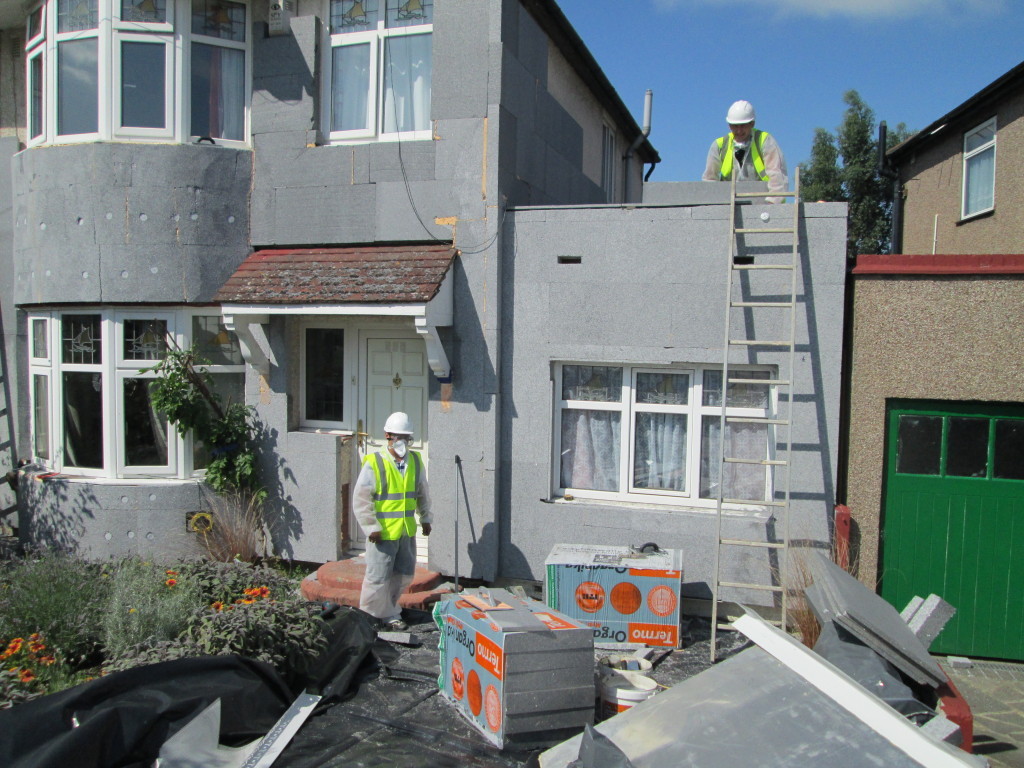




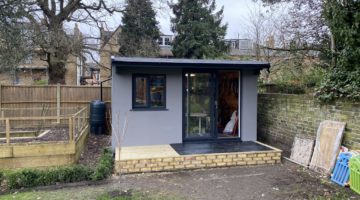
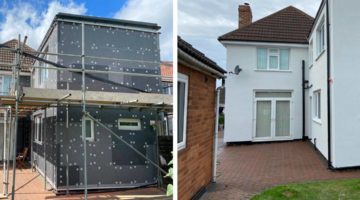






Cavity wall insulation is a disaster – seldom it is installed correctly. Therefore I would always go for solid wall insulation every time, preventing damp and gives the house a nice facade.
This is very useful. I had never noticed the difference in the brick work until I read this and went and checked my own property. Makes sense why I can’t get cavity wall insulation! Are there any free grants for solid wall insulation?
Great article, we got cavity wall insulation installed and we found out it had blocked one of our air vents which caused mould and damp.
I am doing a rear extension to my house and am considering building a thick brick wall (215mm) and then insulating on the inside. The reason is that there are lots of openings and I want have a simple lintel, and also I like the brick pattern when it is an ‘English Bon’. Is there anything that I should watch out for doing this? On the internet it seemed quite uncommon and I’m wondering if I’m doing the wrong thing,
It would be more typical to build a cavity wall with solid wall insulation in the gap to avoid the condensation risk.
Hi. We would definitely recommend condensation risk analysis to make sure that any internal insulation would not create a dew point. Have you considered external wall insulation instead?
If we build a cavity wall!
Is it necessary to fill the space in between two walls?
Can’t we keep it empty?
You’re unlikely to meet building regulations requirements for heat loss these days.